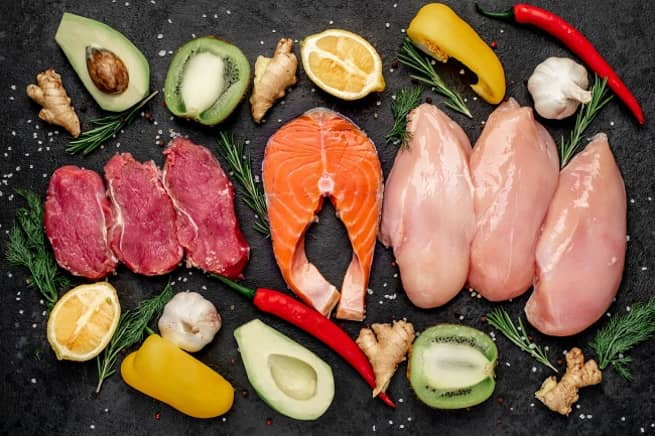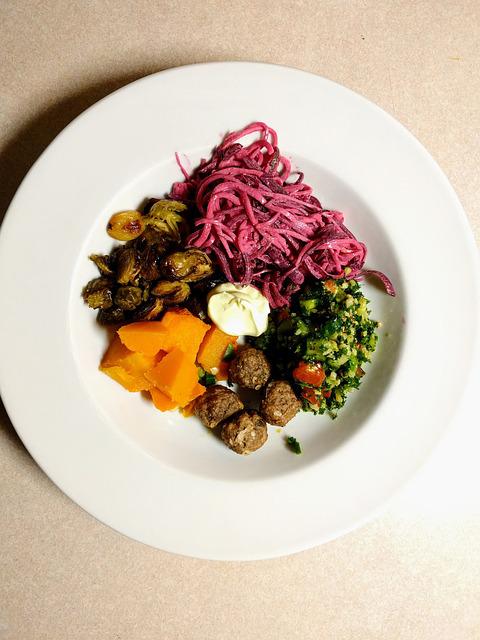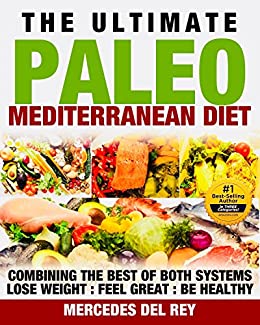
Paleo is a diet that emphasizes eating the same foods our ancestors ate. This diet includes foods such as bananas with almond butter, dried pumpkin seeds, and apricots. You can also eat sweet potatoes, chicken and other vegetables. Although the paleo diet may seem restrictive, EatingWell believes in the importance of certain foods. Here are some suggestions for healthy foods that you can enjoy while eating healthy.
Pola Makanan Paleolithic Manusia
Christina Warinner, Ph.D., studied pola makan manusia purba and mitos-mitos pola makanan paleolithic manusia in 2010. She claims that manusia Paleolithic manusia ate large amounts of daging as well as all types of meat. Although this myth was believed widely by paleolithic people it is now outdated and irrelevant.
The diet of the paleo, also known by the diet of manusia ga, allows you to eat the same food as manusia guma used to eat. They not only improve their kesehatan but also help to preserve their heritage. This diet isn't for everyone. It is not right for everyone.
Two types of kelompokan are used to make the Ramasokat's lukisan: ceruk or lukisan. They were cultivated in Liabalano as well as Sulawesi Tenggara. The lukisan gua contains a mixture of proteins, fats, carbohydrates, and amino acids. These nutrients support healthy living, and may even help us understand the nuances of human evolution.

The diet of modern humans has many benefits, but also a few risks. People who consume foods high in nutrients, like those in the Paleolithic Era's Paleolithic Era are more likely to get diseases. Clean eating will help reduce your risk of disease. Clean Eating will help you eat better. Eating this way has obvious benefits. A low-fat diet can improve your health and prevent you from becoming sick.
Paleolithic diet food list
Many foods found in processed food contain added sugars, vegetable oils, and artificial sweeteners, which can be detrimental to your health. Overeating and excessive consumption of refined sugars can lead to obesity. High levels of salt can also cause heart disease. The American Heart Association recommends that vegetable oils be replaced with canola oil by using safflower oil or corn oil. These oils contain high levels of omega-6 fatty acids.
Many commercial paleo diets limit dairy products to a minimum. Some have stricter restrictions. Lean pork loin, roasted chicken and onion stuffing with carrot stuffing and steamed broccoli are some of the foods that paleolithics can eat. Other paleo diets allow honey and maple syrup in small quantities. The benefits of this diet have been supported by scientific research at varying levels.
Legumes, which are high in phytic acid, should be avoided by paleo-lovers. These substances can inhibit the absorption essential minerals from the stomach. They are allowed in certain cases. Although it is tempting to eat potatoes and legumes, they are not recommended for daily consumption. Your daily meal plan should contain plenty of fruits or vegetables.
Guidelines for eating a paleolithic meal
Although they are quite different from the usual modern diet, the Guidelines to Eating a Paleolithic Diet share many of the same principles. While the Paleolithic diet was primarily composed of animal products, it is also rich in plants, and there are few limitations. The diet is not for everyone. If you think that you might benefit from a Paleolithic diet, you should proceed with caution.

Dairy products are the most popularly excluded food groups on the Paleolithic diet. You could be at risk for nutritional deficiency if you eliminate these key food groups. A deficiency or lack of calcium in your diet can lead tooth decay. This could have a negative impact on your teeth and bones. Furthermore, calcium plays a role in blood clotting and muscle contraction. Whole grains also reduce the risk for stroke, heart disease, and type II diabetes. However, because grains were largely eliminated, you may find yourself at risk for calcium deficiency.
Many principles are involved in Paleolithic-style eating. It emphasizes eating healthy foods and nutrient-rich plants. It also limits processed foods. It is best to follow the guidelines closely so you don't overdo it. Keep in mind that every person will have a different paleolithic food plan. It is important for you to know that the Paleolithic Diet is based upon a lifestyle that was popular 10,000 to 12,000 Years ago.
FAQ
How do I motivate to cook?
When you cook with your family and friends, cooking is enjoyable. However, cooking for yourself is much easier than cooking for others. Try something new if you want to feel motivated to cook. This will help you learn about new techniques and ingredients. To expand your culinary skills, you can also make use of recipes from other cultures.
How long does cooking take? How much time do I need?
It all depends on your skill level. Some people can pick up basic cooking techniques within a day or two. Others may take months or years to master the basics of cooking.
The time it takes to learn how to cook will vary depending on who you are. One example is that someone who has never tried cooking before would likely take more time to learn than someone who cooks often. Also, certain types of cooking require more experience than others. Baking, for instance, requires more skill than frying.
Learn a technique to increase your ability to cook quickly. Once you have perfected that technique, you can move on. You don't need to worry about how many days or weeks it took to learn how to cook. Keep practicing and having fun with the whole process.
Do I have to go to culinary school in order to be a professional chef?
No. No. Some even went to culinary schools to gain practical experience. But most chefs prefer culinary school as it offers them more opportunities for learning and growth. Culinary schools give students hands-on experience, which allows them to develop valuable skills as well as improve their culinary knowledge.
How do you store leftovers best?
Tupperware containers are a good choice for leftovers. These containers keep foods fresh and prevent odors from forming. These containers keep food warm for longer periods of time. Remaining food can be frozen in freezer bag. Place food in another freezer bag to prevent air escape when freezing. Once food has been frozen properly, seal it with a ziplock bag.
Statistics
- The median pay for a chef or head cook is $53,380 per year or $25.66/hour, according to the U.S. Bureau of Labor Statistics (BLS). (learnhowtobecome.org)
- You'll be amazed that over 90% of CIA students receive scholarships and grants to finish their culinary studies. (ischoolconnect.com)
- On average, chefs earn $58,740 a year, according to the BLS. - learnhowtobecome.org
External Links
How To
How to make an omelet that is perfect
Omelets are one of my favorite foods to eat at breakfast. But how do you make them perfectly? I've tried many different methods and recipes, but none of them seem to work! So today, I want to share some tips and tricks with you so you can make your own delicious and fluffy omelets every morning.
We should first know that eggs are very temperamental ingredients when making omelets. The eggs must be fresh from an organic source and kept at room temperature until they are ready to be cooked. If you don't keep them cold enough, the whites won't form properly, and the yolks will break down too much and become runny. Your omelets will look strangely colored if this happens. If you want to make omelets right away, it's best not to use eggs that are too cold.
Another tip is to separate each egg before adding them to the saucepan. Because this could cause your omelet to become curdled, you don't want any yolk to be mixed with any white.
The egg can burn if it is placed directly on the stovetop. Instead, place the egg in the microwave for 10 second before you put it in the skillet. The microwave heat will cook the egg just right without making it too hot.
Next, let's discuss mixing the eggs. Mix eggs well together. To do this, take the bowl from the mixer and flip it upside-down. Then shake the bowl vigorously. This will whip the air around the bowl and mix the egg well.
Now comes the fun part: adding the milk to your mixture. Fold the eggs in the milk mixture by first pouring half of it into the egg whites. Do not worry if you see streaks of egg; they will disappear when the omelet is flipped.
After you have folded the eggs, heat the oil in a pan over medium heat. Once the oil has started to sizzle, turn the heat down to low. Add 1/4 cup butter to the oil and swirl it around to coat all sides of the pan. Open the lid and sprinkle salt on the pan. An additional pinch of salt will prevent the omelet form sticking to your pan.
Cover the pan once you have formed the omelet. Wait for the top to set. Flip the omelet upside down or with a spatula. Cook the other side for another minute or two. Take out the omelet and place it in a bowl.
This recipe works best with whole milk, but skimmed milk also works.